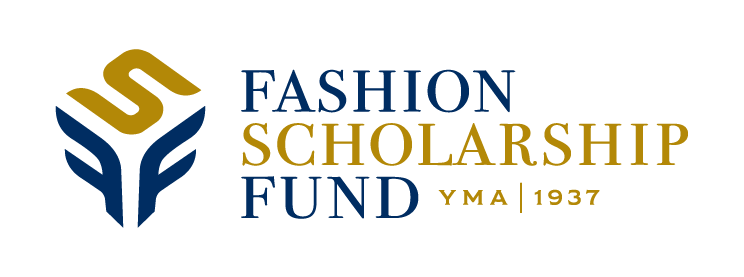“If you love what you love you’ll never work a day in your life” – This was one of the biggest takeaways from breakfast with Sammy Aaron, Vice Chairman of G-III Apparel Group and CEO of the Calvin Klein Divisions. FSF scholars gained incredible insight into how to be successful in the business of fashion, while also learning the importance of analytics in the industry.
About G-III
G-III Apparel Group, Ltd. is a leading manufacturer and designer of apparel and outerwear in the United States. The company’s licensed and proprietary brands include Kenneth Cole, Cole Haan, Guess?, Tommy Hilfiger, Levi’s, Dockers, Jessica Simpson, Vince Camuto, Ellen Tracy, Nine West, and Calvin Klein. G-III’s goals for the future include “producing great products, partnering with nationally recognized brands to appeal to a brand-conscious apparel market; and engage the entrepreneurial by constantly seeking attractive new licenses and acquisitions to expand its reach and abilities.”
Sammy’s Sayings
- Start anywhere. Get into the industry anyway you can. “Do whatever function you get hired for very well and you’ll move within the corporation. Just whatever you do, do it the best you can.”
- Harmony. “There’s always an amazing team behind the front man. It’s about teamwork; it’s about people coming together and working in harmony. If you ever see a company that’s not in harmony you will see a failing company.”
- This is a high stakes industry. “When you are wrong, you will pay dearly, and when you are right, you will do very well.” Knowing that successful strategizing and execution is so critically important, you must study every aspect of the industry.
- We don’t throw darts. “70% of the business is about analytics.” You have to know ratios, the size and scale of different regions, what fabric is most popular with a certain demographic; that’s all analytics.
Q&A
Q: “Where do you get your data from? Nielson? In-house?” - Julie Lubbers, Brandeis
A: “We get it many different ways. Number one, we do business with almost every store here in America. Every Monday, retailers open up a portal so that we can download the information of our particular selling for the previous week. Plus, the employees on the sales floor have direct connection with the customers to let us know what is selling, but more importantly, what’s not selling. We also pay for research, depending on the information we’re looking for. But that is less likely than getting our information from stores.”
Q. “How do you account for variables? If someone is gravitating towards the poly-cotton over the chiffon, what if it’s because of the graphics on that particular outfit or garment?” – Joanne Kim, Cornell University
A: “You have to have a baseline. When you’re experimenting, you always need one. So with us, we ship black, always black, a print, and two other colors (beige or fashion color). From there, we’ll learn if it’s the color, with black as the baseline.”
Q: “I’m looking to pursue a career in trend research and forecasting, should I go with a company like the Doneger Group or WGSN?” – Lindsay Archibeque, University of Missouri
A: “I love the Doneger Group, they’re great. With them you’ll get exposure to the industry very quickly and you’ll be able to communicate with executives like myself. [The key is to] secure a job to get [your foot in the door]. It will all fall into place, doesn’t matter what it is –you will find your way to your goal as long as you get in. If you’re good, hungry, and strong, they’re going to notice and you’ll move up from there.”
Special thanks to Mr. Aaron for taking the time to have breakfast with FSF Scholars and for giving us great encouragement on our journey in the fashion industry!
Stay tuned for the next recap!
- Maiya Carmichael, YMA FSF 2016 Scholar

